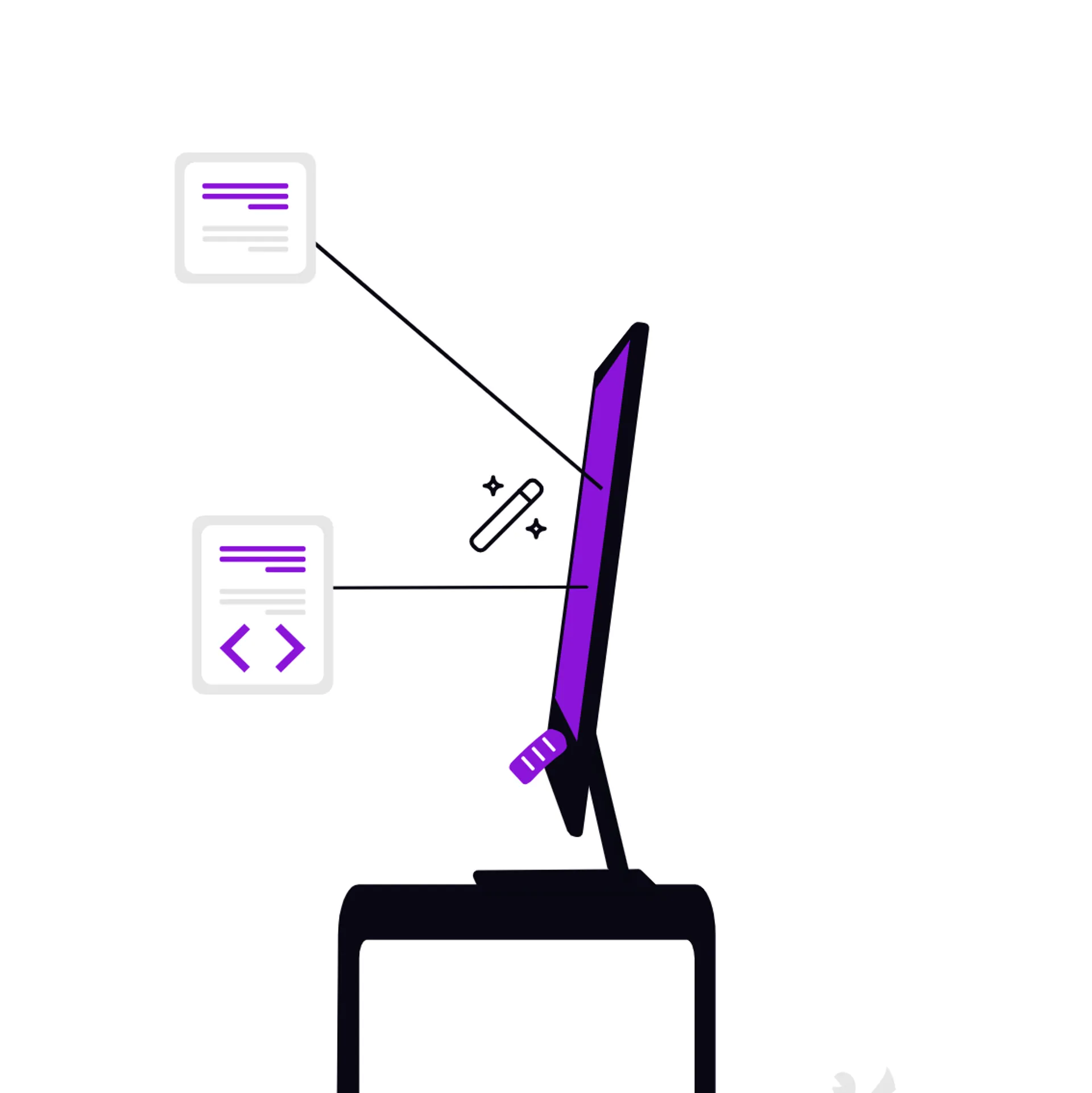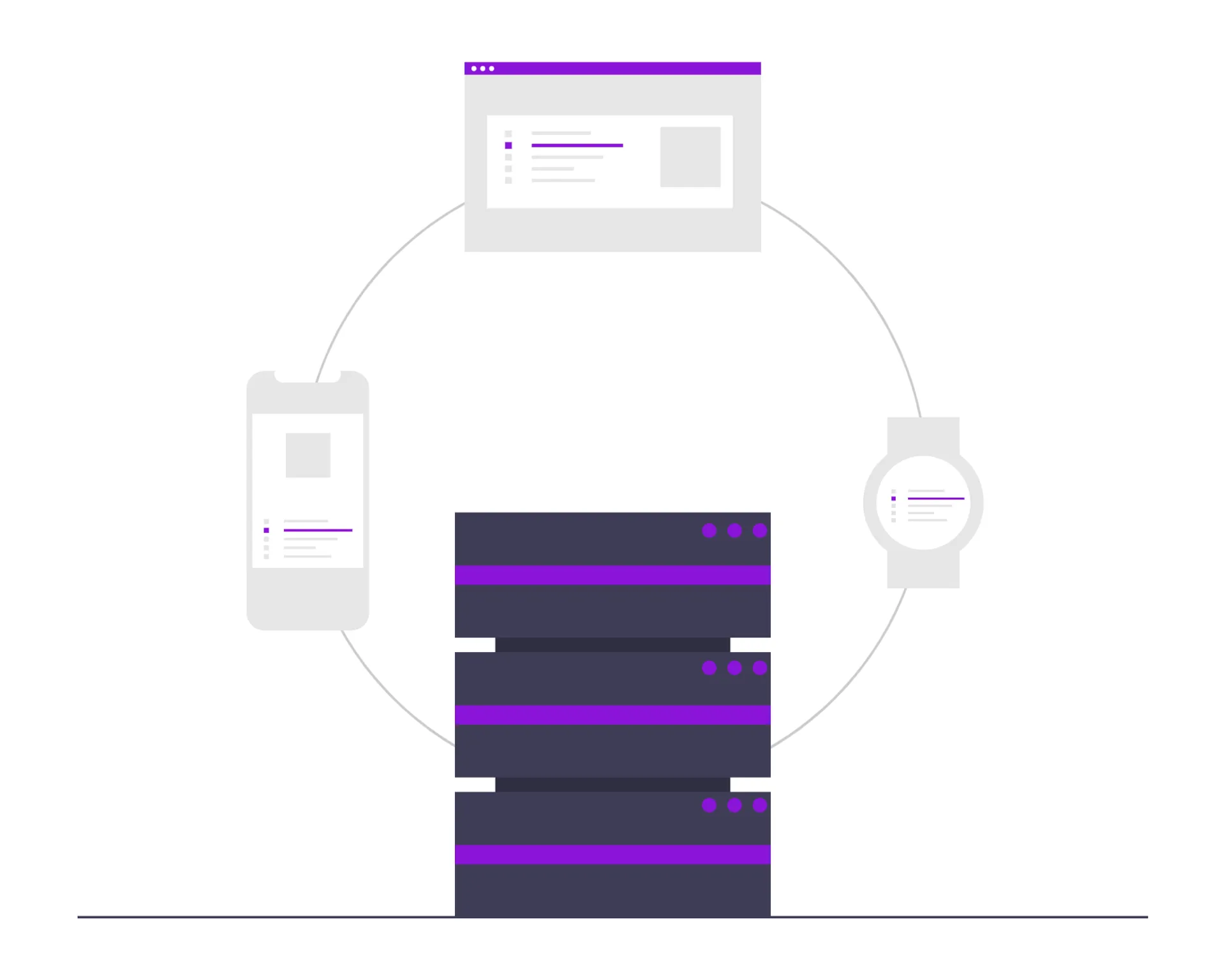NovaDB 5.3 release – Stronger as a team, more stable in operation
Optimized editorial workflows, clear roles, and secure processes
NovaDB 5.3 improves teamwork, simplifies workflows, and increases database performance. With new features in the Visual Editor, expanded data maintenance options, and additional API functions, the release ensures greater efficiency, security, and stability in daily operations.
Würzburg, September 17, 2025 – Noxum GmbH, a leading provider of solutions for information management, product data management, and content management, announces the availability of NovaDB 5.3. With the new release, Noxum focuses on greater clarity, stability, and practical improvements that make everyday work easier for companies.
Better collaboration: Edit content together and securely
NovaDB 5.3 further improves collaboration in editorial teams. Content can be edited more reliably in the web interface, while advanced locking functions ensure that parallel changes to content modules are avoided even more consistently. This means that everyone involved is always working with the latest version. Interruptions in the network connection are clearly displayed when saving, which creates additional security in the work process. In addition, workflows in editorial teams can be better mapped, so that tasks are distributed more clearly and editing processes are controlled more transparently.

New features in the NovaDB Visual Editor for more teamwork
The NovaDB Visual Editor has been equipped with new features that further promote collaboration in teams. Read-only behavior has been optimized and now offers advanced options for managing read-only content. This provides greater clarity and supports an intuitive workflow – especially in everyday editorial work with large teams. In addition, the ability to work with links has been expanded: internal and external links, for example from external systems such as ERP solutions, can be used directly in text and table components. Improvements in keyboard navigation make it easier to access individual elements in the Visual Editor, increase user-friendliness, and speed up editing.

New function in mass editing
Values can now be removed from multiple objects simultaneously in mass editing. This saves time, reduces manual steps, and ensures more efficient maintenance.
Automatic data maintenance for improved database performance
A new job is available for data maintenance that allows historical data to be deleted in a targeted manner. Historical data includes, for example, all changes made to an article or content module over time – often thousands of automatically logged entries from creation to release. With NovaDB 5.3, users can specify how long this history should be retained. For example, you can set it so that only the last six months are retained. This reduces the load on the database and improves performance.
New and optimized jobs
The thumbnail job has been expanded and now also processes OpenOffice and older Microsoft Office formats. In the Job Manager, optimized cleanup and the ability to execute read-only jobs ensure greater stability.
This enhancement is particularly important for customers and partners who write their own jobs: they can now execute read-only jobs on work packages for which they only have read rights. This increases security and creates transparency in collaboration.
In addition, pending jobs can now be canceled in a targeted manner.
Core API: More control over data and workflows
The Core API has been enhanced with functions for locking objects and work packages, for read-only jobs, and for shortening the data history. This allows you to configure deletion jobs yourself and control them via the API, for example in conjunction with ERP systems. For example, you can define that when a certain event occurs in the ERP system, such as when a product status is changed, a job to delete obsolete data histories is automatically executed. In addition, the CMS client can now be operated in read-only mode, which supports clear role assignments and facilitates work in review and approval processes.

Stability through modern standards
A key innovation is the introduction of current standards with a focus on modern databases and improved monitoring through OpenTelemetry. Various system data such as logs, key figures, and processes are collected and forwarded for evaluation. This makes it easier for IT teams and DevOps to keep an eye on their systems, ensuring greater transparency, stability, and a future-proof basis.
